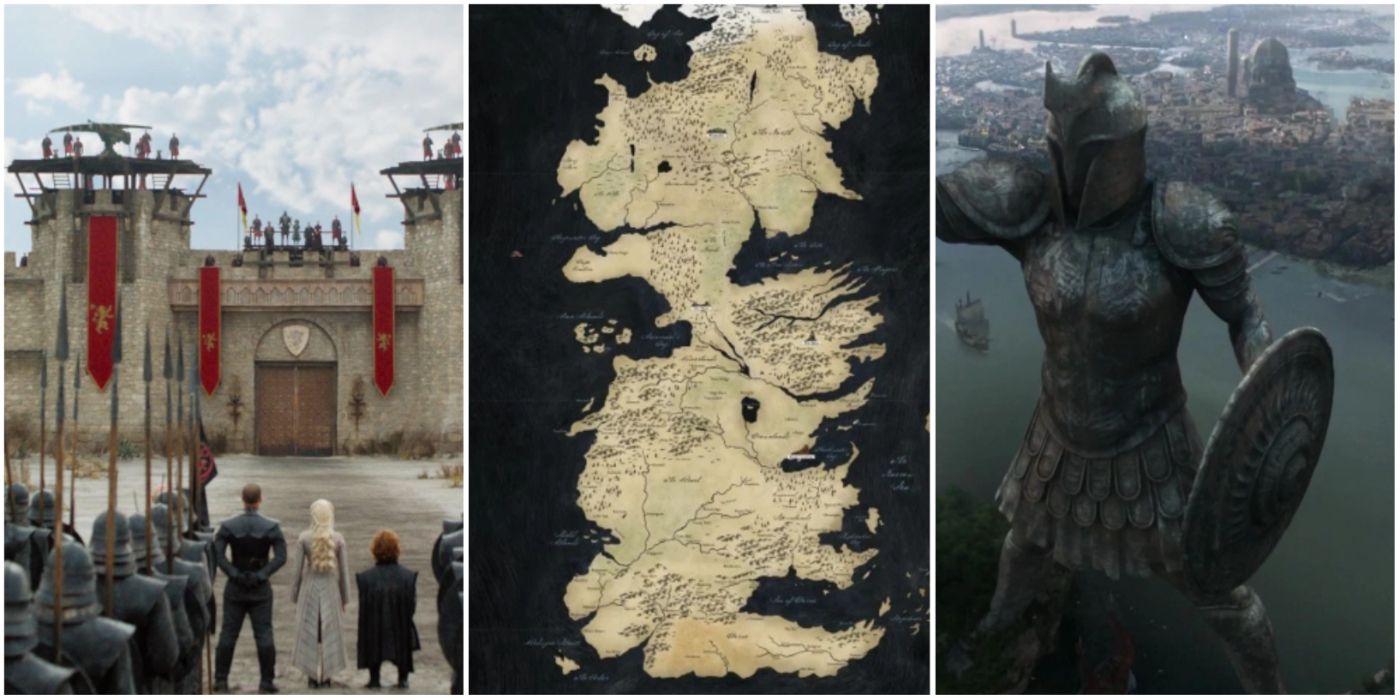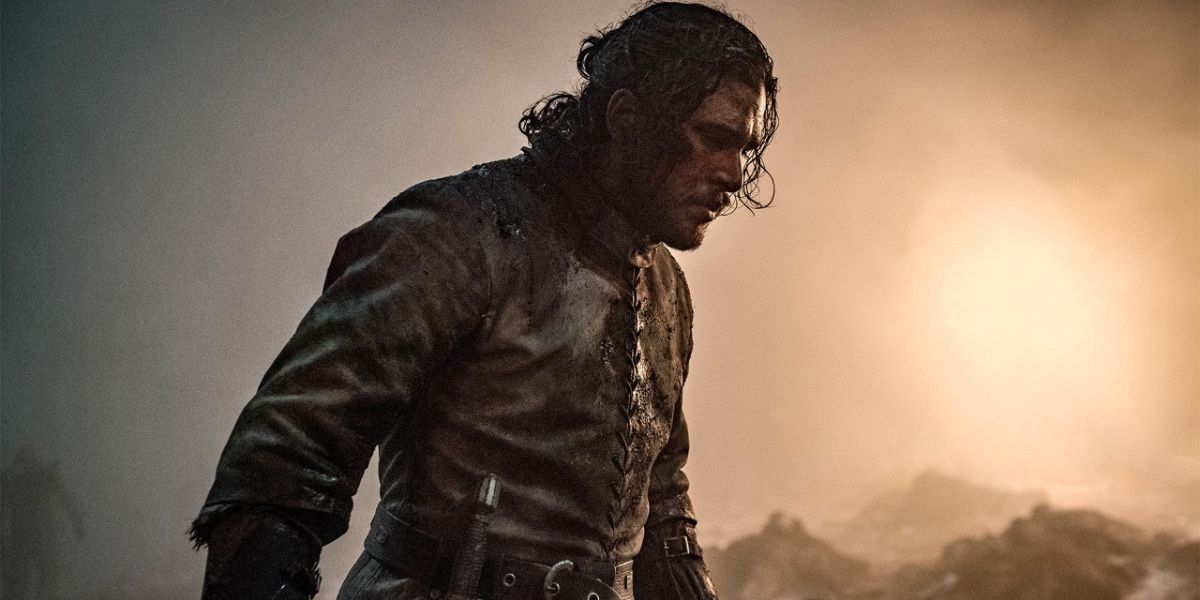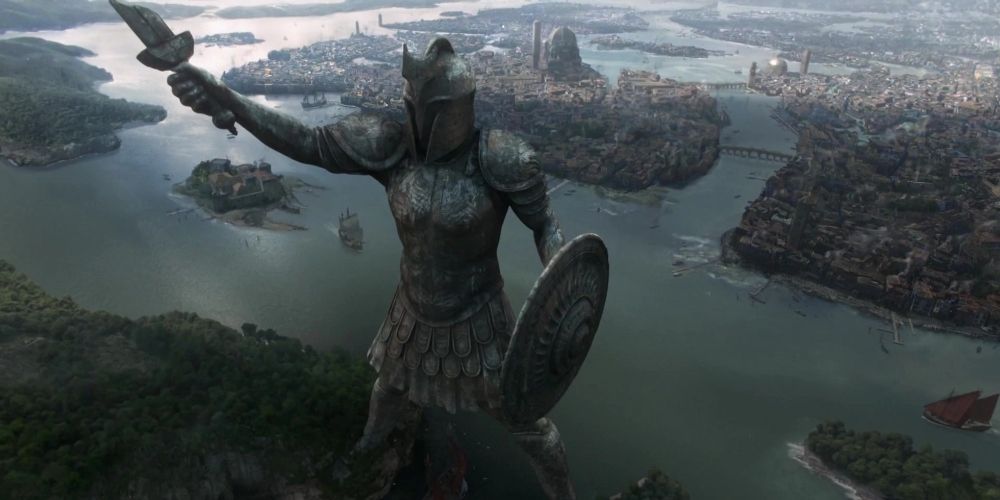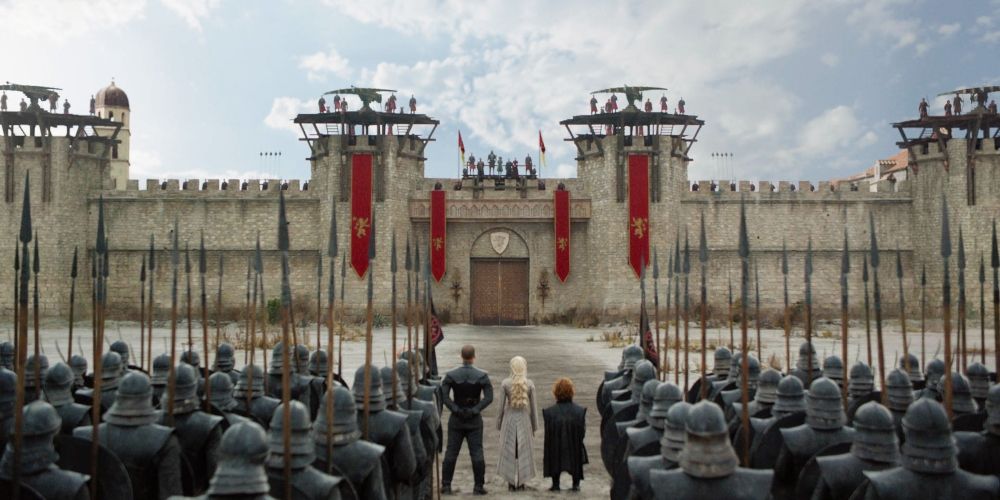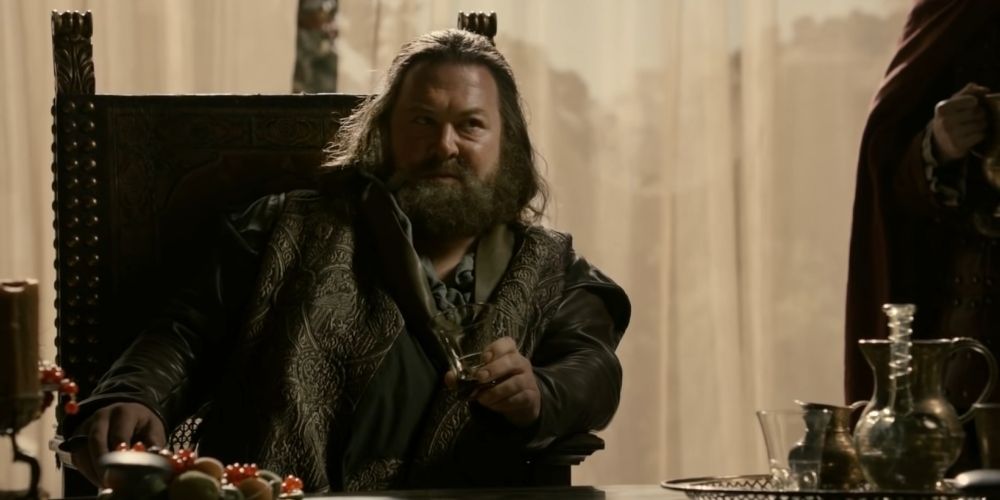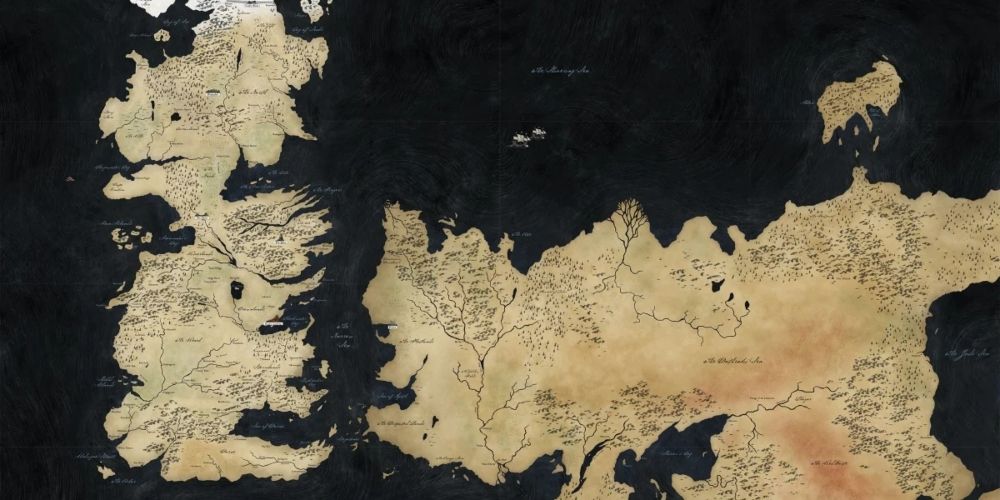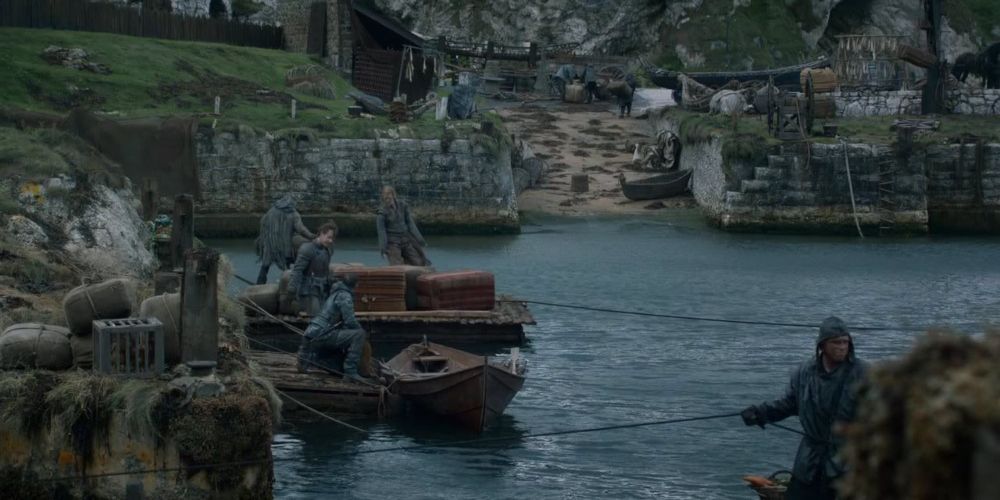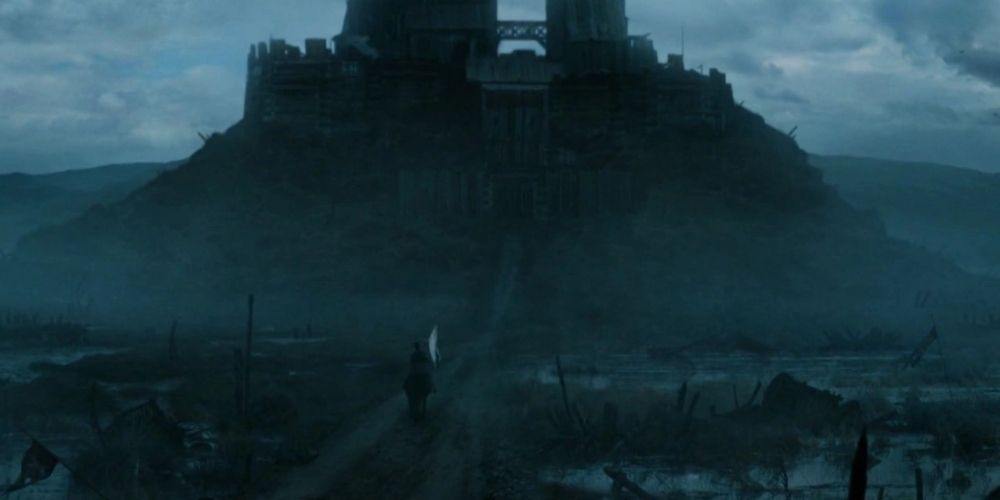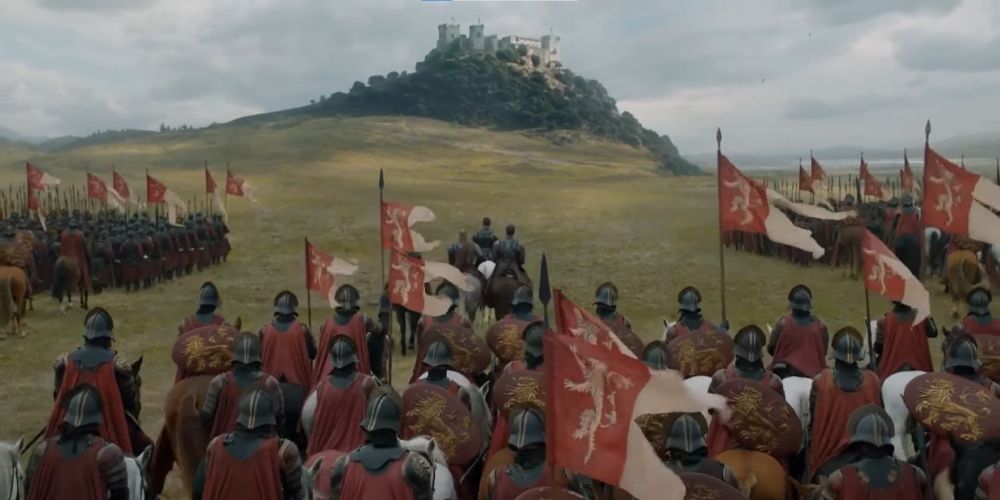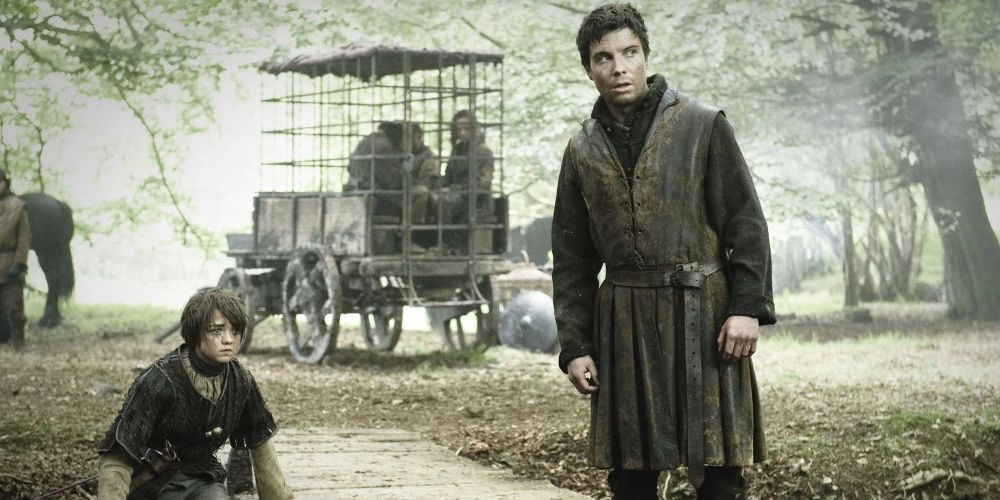For much of its run, Game of Thrones was a series that managed to be tightly plotted despite its huge cast and sprawling action. Even with its focus on continuity and logic, however, a few inconsistencies did bleed into the show. This was particularly evident in its later seasons.
However, this was more than just strange character motivations or nonsensical decisions. Some inconsistencies raised questions about Westeros and the world as a whole. This greatly affected viewers' suspension of disbelief. With a new show set in Westeros, House of the Dragon has the chance to explain these inconsistencies and have the world make more sense to its audience.
10 The Prophecy Of The Prince Who Was Promised
A major piece of high fantasy in Game of Thrones was the Targaryen prophecy of 'The Prince Who Was Promised', a figure who would save the world from a threat, which was assumed to be the White Walkers. There were many candidates for the Prince, including Rhaegar Targaryen, Stannis Baratheon, Daenerys Targaryen, and Jon Snow.
However, the person most involved with saving the world in Game of Thrones was Arya Stark, who killed the Night King. She fit none of the criteria for the Prince, making the entire thing look pointless. As House of the Dragon focuses on the Targaryens at the heyday of their power, it could explain more about the prophecy, clarify its contents, and maybe make it clearer if it could point to Arya in any way.
9 The Targaryen Fire Immunity
One of Daenerys' notable traits in Game of Thrones is immunity to fire. This is demonstrated in the very first episode, and again at significant moments like her birthing three dragons and her killing the Dothraki Khals. However, this trait isn't mentioned for any other Targaryens and is explicitly lacking in her brother Viserys.
No explanation is given for this trait, which also isn't featured in the books. As such, House of the Dragon could clarify if most Targaryens are immune to fire, only some, or whether it's specific to Daenerys. As the show is likely to involve lots of dragonriders shooting fire at one another, it may be important.
8 The Alleged Might Of The Free Cities
Much of Game of Thrones focused on the continent of Westeros, with the other continent of Essos being a distinct afterthought. Throughout the show, many references were made to the Free Cities. The city-states on the Westernmost part of Essos were considered to be great powers in their own right.
However, absolutely none of this was shown in Game of Thrones. Other than the Iron Bank, Braavos was treated as a side location of little consequence, and cities like Volantis were only briefly shown in the war against Daenerys. House of the Dragon looks to expand more on the Free Cities, showing rather than telling the audience of their might.
7 King's Landing's Shifting Appearance
Although characters often criticized the city for a number of reasons, King's Landing at least looked pretty in the early seasons of Game of Thrones. It sits pleasingly out in Blackwater Bay, surrounded by the Kingswood for several miles. By the time of season 8, however, the city is located in a barren wasteland that looks more like a desert.
Although this made the city look more dramatic for the final showdown, it also confused fans as to its sudden change in terrain and geography. House of the Dragon can take the time to solidify a singular depiction of King's Landing, making the geography around the city clear. This could determine one of its appearances in Game of Thrones as a simple outlier.
6 Robert Baratheon's Royal Blood
In the war known as Robert's Rebellion, Robert Baratheon was chosen as the claimant to the Iron Throne because of his better claim. In A Song of Ice and Fire, this was because his grandmother was a Targaryen, but Game of Thrones omitted this generation entirely. Instead, a side video traced his claim to Orys Baratheon from nearly 300 years before the show.
This made his claim look tenuous in retrospect, and left it unclear as to why Melisandre favored Stannis' 'royal blood' so heavily. With so much as a side mention, House of the Dragon could give the Baratheons a much closer family tie to the Targaryens, and clarify several elements of Game of Thrones.
5 The Sheer Size Of Westeros
Although it's partially based on Britain, Westeros was repeatedly said to be much larger in Game of Thrones. Journeys across part of the continent were known to take months, with entire storylines centering on characters simply crossing stretches of land. This fell apart by the later seasons, most infamously with Gendry sending a message across a vast chunk of the continent in a single night.
Following the confusion of that episode, it seems likely that House of the Dragon will be more thorough and careful when it comes to the continent's scale. By playing things more realistically, the show can remind viewers of Westeros' size, and highlight "Beyond the Wall" as a one-off mistake.
4 The Ongoing Tolerance Of The Iron Islands
The Iron Islands are one of the Seven Kingdoms of Westeros, but Game of Thrones failed to show why anyone held them in any regard at all. Throughout the show, the Ironborn were presented as unruly pirates who constantly sought to secede, and were noted for their attacks on many parts of the Seven Kingdoms.
The Ironborn didn't seem to contribute anything to the functioning of Westeros, and it was unclear why neither the Andals nor the Targaryens had sought to curtail them. House of the Dragon could show a more regular example of the Iron Islands and their relationship with the rest of Westeros, making them look more like a constituent part and less of a menace.
3 The North's Shifting Defensibility
One of the strengths of the North, which is poorer and more sparsely populated than many other kingdoms, was said to be its defensibility. With inhospitable terrain, immense size, and key fortresses like Moat Cailin, the kingdom was said to be impossible to invade and hold. Game of Thrones then proceeded to ignore this several times.
Moat Cailin proved easily circumvented or conquered a number of times, most notably by Littlefinger and the Knights of the Vale seemingly expending no effort to breach the Bolton-held North. As the Starks prove key players to the end of the Dance of the Dragons but are impossible to assail before them, House of the Dragon can make clear how hard the North is to assault from the south.
2 The Military Strength Of The Reach
In Game of Thrones, The Reach were said to be one of the most important and powerful kingdoms in Westeros. They supplied a huge amount of the nation's food, possessed huge amounts of territory, and were noted for many accomplished knights, including Loras Tyrell.
Many fans were disappointed when the Lannisters crushed the Reach in a single battle. In this battle, they were noted to not be very good at fighting, which is a clear inconsistency with earlier seasons. As the Dance of the Dragons splits the Reach in two, the importance and martial strength of the region can be confirmed later in House of the Dragon.
1 The Difficulty Of Crossing War-Ridden Westeros
Even in Game of Thrones' best seasons, it was unclear how hard it was to cross the war-torn parts of the world. While many characters struggled, others like Littlefinger were able to appear wherever they needed to for the plot. By the end of the show, entire armies were able to stride from Winterfell to King's Landing within the span of a single episode.
The Dance of the Dragons threatens to be as all-encompassing a war as the War of the Five Kings, and so will likely turn Westeros into the same sort of hellish landscape. By being more consistent with the characters' movements, House of the Dragon can show the true difficulty of moving through such terrain.

